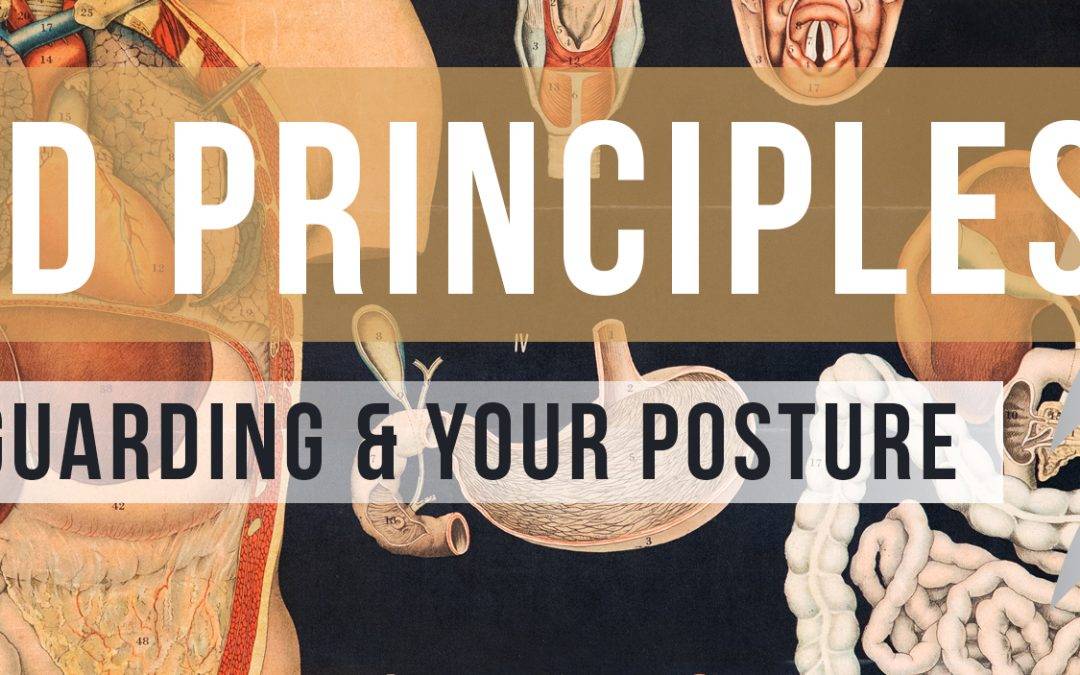Arthrogenic muscle inhibition (AMI) is a phenomenon that occurs following knee trauma, leading to functional and neuromuscular deficits in the affected limb. In the context of postural restoration institute’s framework, left anterior internal chain imbalance is a specific pattern associated with postural and movement dysfunctions. In this article, we will explore how AMI from knee trauma can impact the left anterior internal chain imbalance and subsequently affect the anterior, posterior, and lateral myofascial networks.
Arthrogenic Muscle Inhibition and Knee Trauma
Arthrogenic muscle inhibition refers to a reflexive inhibition or weakness of the muscles surrounding a joint following injury or trauma. In the case of knee trauma, it can occur due to damage to the joint structures, such as ligaments, menisci, or joint capsules. The body’s protective mechanism to prevent further damage leads to altered neural signaling and inhibition of the surrounding musculature.
Left Anterior Internal Chain Imbalance
The left anterior internal chain imbalance, as defined by the Postural Restoration Institute, refers to a specific postural pattern characterized by a left anterior pelvic tilt, right thoracic rotation, and left cervical rotation. This imbalance is associated with asymmetrical muscle activity and postural compensations throughout the body.
Impact on Anterior Myofascial Network
AMI following knee trauma can disrupt the balance within the anterior myofascial network. Muscles such as the quadriceps and hip flexors may experience weakness or inhibition, affecting their ability to provide stability and support to the anterior chain. This can result in altered pelvic and lumbar positioning, leading to compensatory changes throughout the body.
Impact on Posterior Myofascial Network
AMI can also impact the posterior myofascial network, which includes muscles such as the hamstrings, gluteals, and paraspinal muscles. The inhibition of these muscles can lead to altered muscular activation and decreased ability to stabilize the pelvis and lower back. As a result, compensatory patterns may emerge, affecting posture and movement.
Impact on Lateral Myofascial Network
The lateral myofascial network, including muscles such as the hip abductors and adductors, can be influenced by AMI. Inhibition of these muscles can disrupt the balance between the left and right sides of the body, leading to altered movement patterns and potential compensations. This can further contribute to the left anterior internal chain imbalance and affect overall postural alignment.
Rehabilitation and Treatment Considerations
To address the impact of AMI on the left anterior internal chain imbalance and myofascial networks, a comprehensive rehabilitation approach is necessary. Treatment strategies may include:
1. Muscle Activation and Strengthening: Specific exercises targeting the inhibited muscles, such as quadriceps, hip flexors, hamstrings, gluteals, and hip abductors, can be incorporated to improve muscle activation and strength.
2. Neuromuscular Re-education: Proprioceptive and balance exercises can help restore proper neural control and coordination of the affected muscles and improve overall movement patterns.
3. Manual Therapy and Myofascial Release: Techniques like soft tissue mobilization, myofascial release, and joint mobilizations can help address restrictions and imbalances within the myofascial network.
4. Postural Retraining: Focus on re-establishing optimal alignment and addressing compensatory patterns through postural awareness, corrective exercises, and postural retraining strategies.
In Conclusion
Arthrogenic muscle inhibition resulting from knee trauma can have significant implications on the left anterior internal chain imbalance and the associated anterior, posterior, and lateral myofascial networks. Understanding the interplay between AMI and these myofascial networks is crucial for developing effective rehabilitation strategies. By addressing AMI, restoring muscular balance, and optimizing movement patterns, individuals can enhance their recovery, reduce compensations, and improve overall postural alignment and function. Consulting with a qualified healthcare professional or physical therapist is essential for an accurate diagnosis and personalized treatment plan tailored to individual needs.



